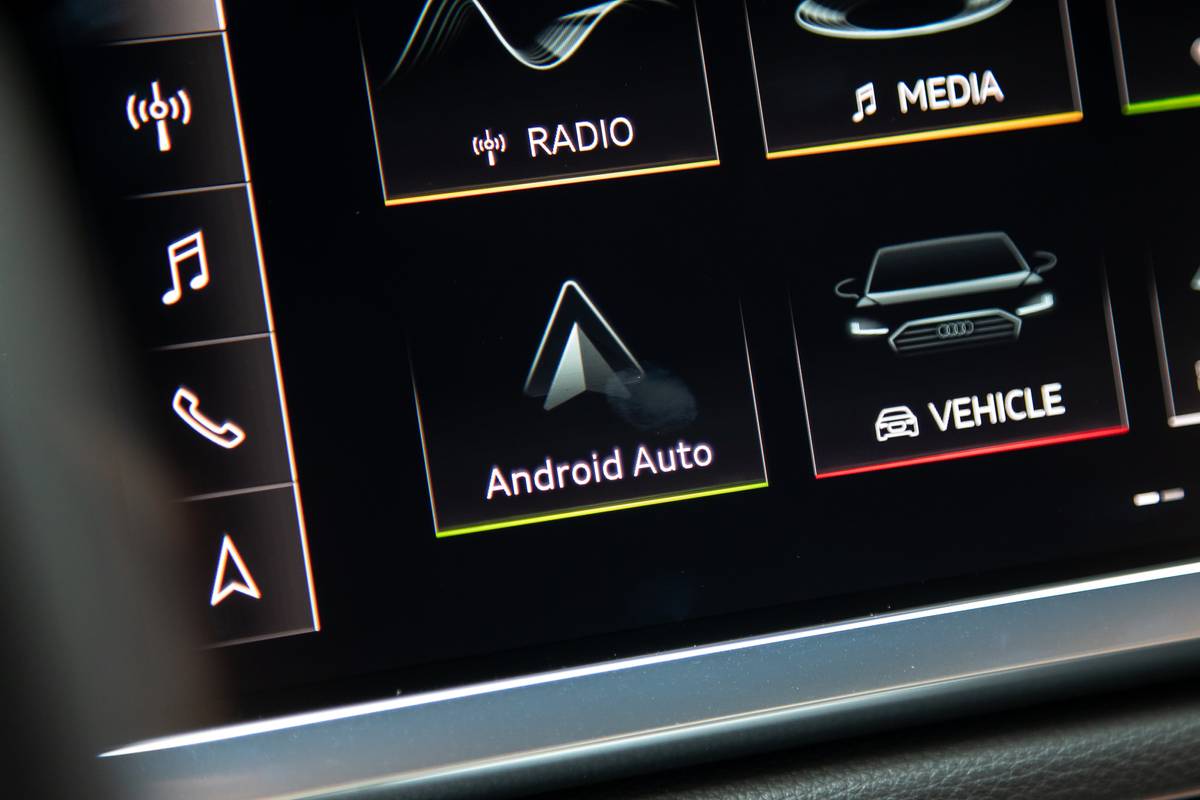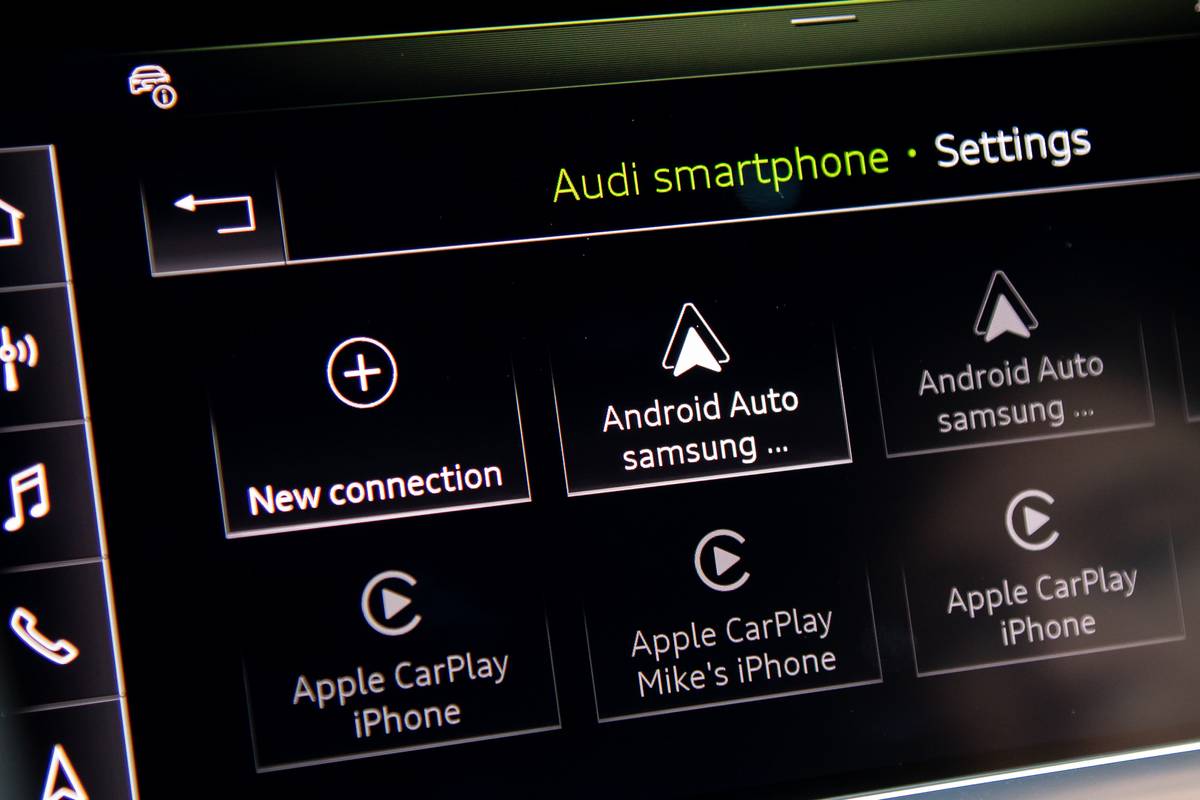Android Auto is a feature that allows you to connect your mobile device to your car and use Android apps through your car’s dashboard media system. While most automakers have put the technology in their vehicles already, many more vehicles with Android Auto capability are being added for the 2020 model year.
Related: What Is Android Auto?
Android Auto connects to your car in two ways. It wirelessly pairs your phone with your car’s Bluetooth for audio streaming, but if you want to use an app that requires more data transfer, you’ll have to plug it in via the USB port. (And if you have an Apple device, you’ll need Apple CarPlay). Even if your car isn’t compatible with Android Auto, the app can still be used independently on your Android smartphone to display an interface that’s easier to use while driving.
Android Auto supports apps like Spotify, Pandora and Google Play Music, which display on-screen with familiar Android icons. The built-in Google Assistant allows you to make hands-free phone calls and send messages in your preferred messaging app with voice-to-text functionality.
But perhaps the most important feature of Android Auto is navigation. Unlike your car’s native navigation system, apps like Waze can give you up-to-date traffic and route information. Android Auto mirrors your turn-by-turn directions on the dashboard display.
Android Auto capability comes standard or is available as an option on many 2016-and-later vehicles, but not all manufacturers have included the integration. Notoriously, Lexus and BMW don’t offer it at all, and Toyota, a longtime holdout, has just started offering it in some 2020 models. And while we could’ve saved a lot of space by listing which cars don’t have Android Auto in 2019, here’s a comprehensive list of all the cars that do (in alphabetical order by brand):





